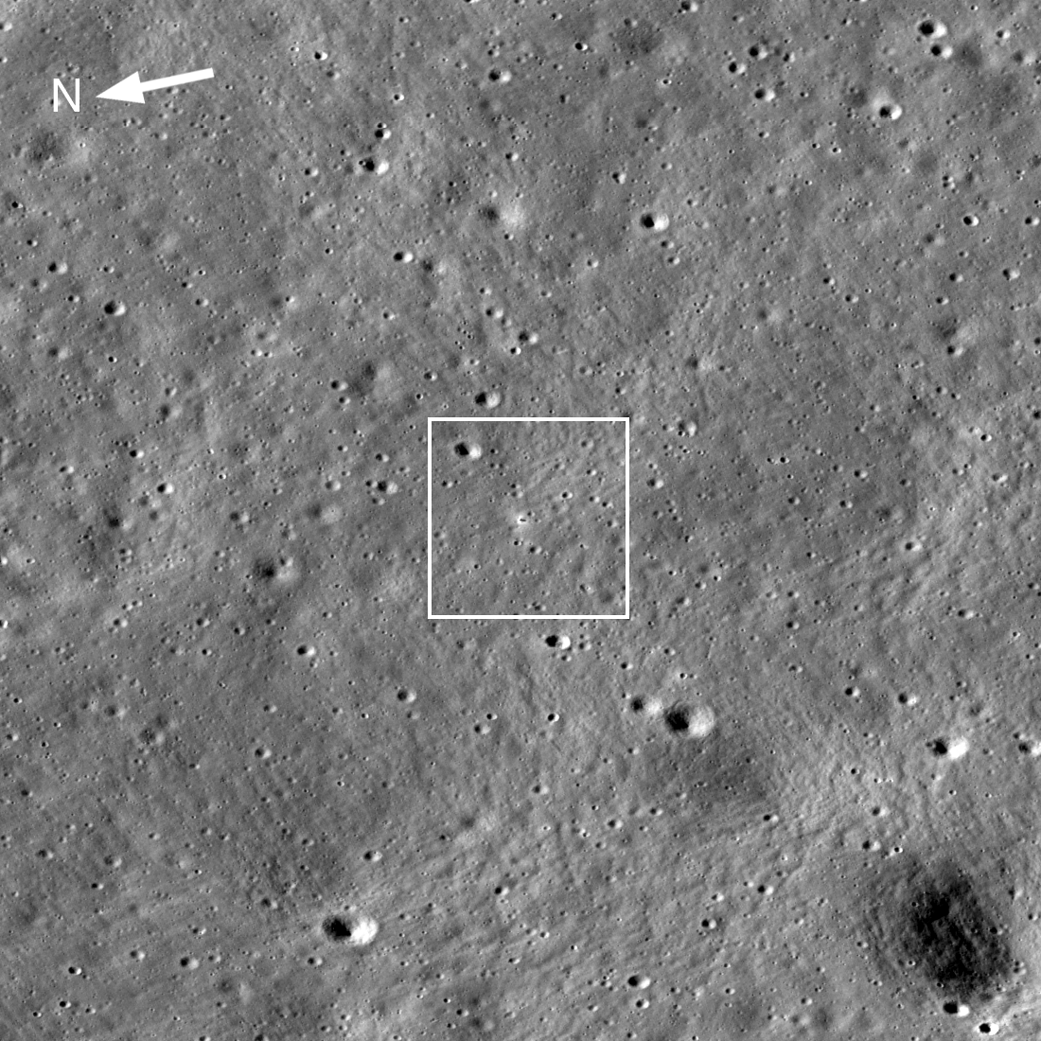NASA’s LRO – the Lunar Reconnaissance Orbiter – spacecraft imaged the Chandrayaan-3 landing site on the Moon’s surface.
The ISRO (Indian Space Research Organization) Chandrayaan-3 touched down on the Moon on Aug. 23, 2023. The Chandrayaan-3 landing site is located about 600 kilometers from the Moon’s South Pole.

The LROC (short for LRO Camera) acquired an oblique view (42-degree slew angle) of the lander four days later. The bright halo around the vehicle resulted from the rocket plume interacting with the fine-grained regolith (soil).
Visit the ISRO gallery of Chandrayaan-3 images.
LRO is managed by NASA’s Goddard Space Flight Center in Greenbelt, Maryland, for the Science Mission Directorate at the agency’s Headquarters in Washington. Launched on June 18, 2009, LRO has collected a treasure trove of data with its seven powerful instruments, making an invaluable contribution to our knowledge about the Moon. Arizona State University manages and operates LROC.
Banner Image: Chandrayaan-3 lander is in the center of the image, its dark shadow is visible against the bright halo surrounding the vehicle. The image is 1,738 meters wide, frame No. M1447750764LR. Credit: NASA’s Goddard Space Flight Center/Arizona State University.
Media contacts:
Nancy N. Jones NASA’s Goddard Space Flight Center, Greenbelt, Md.
Rob Gutro NASA’s Goddard Space Flight Center, Greenbelt, Md.



























